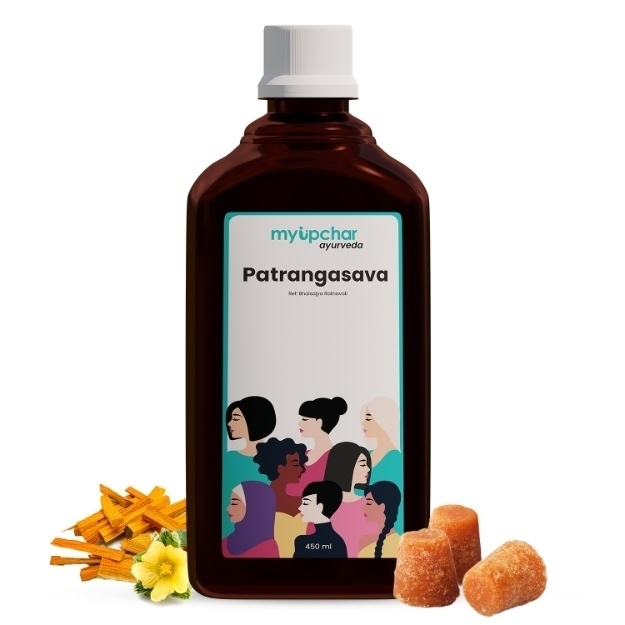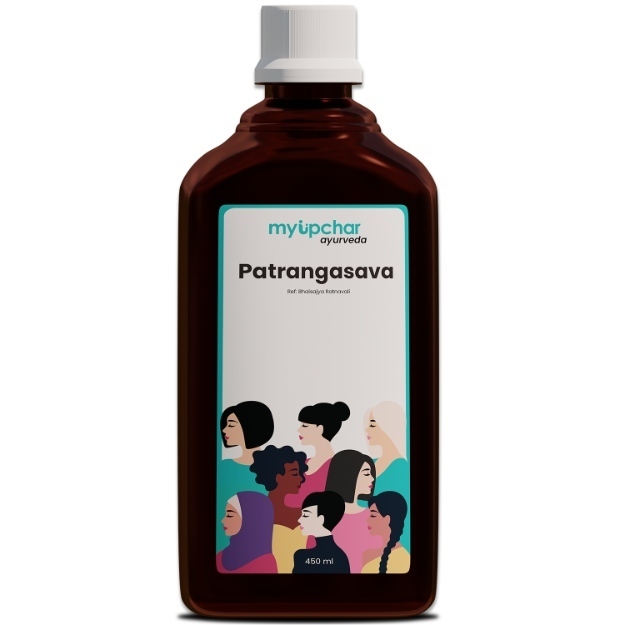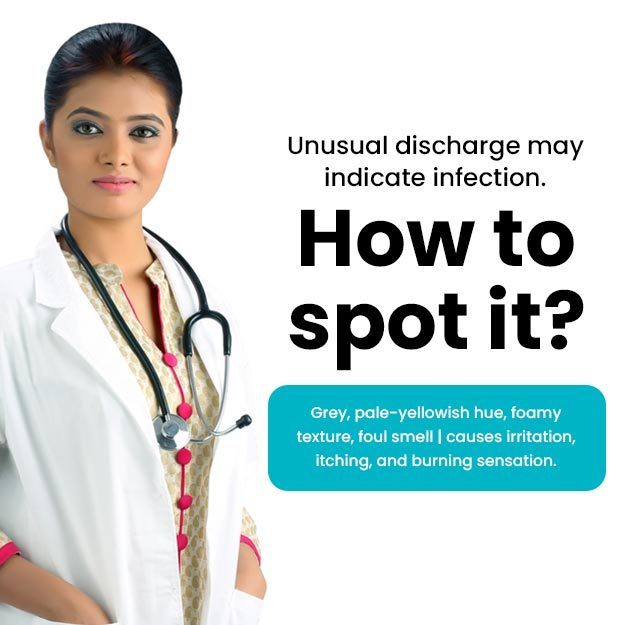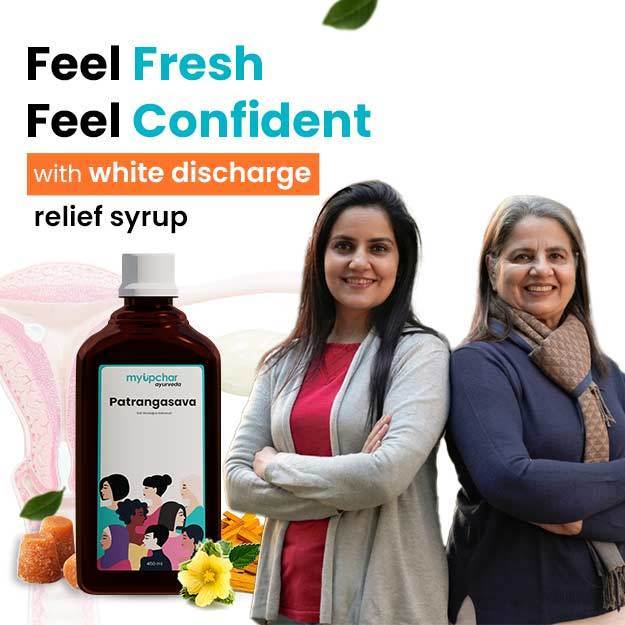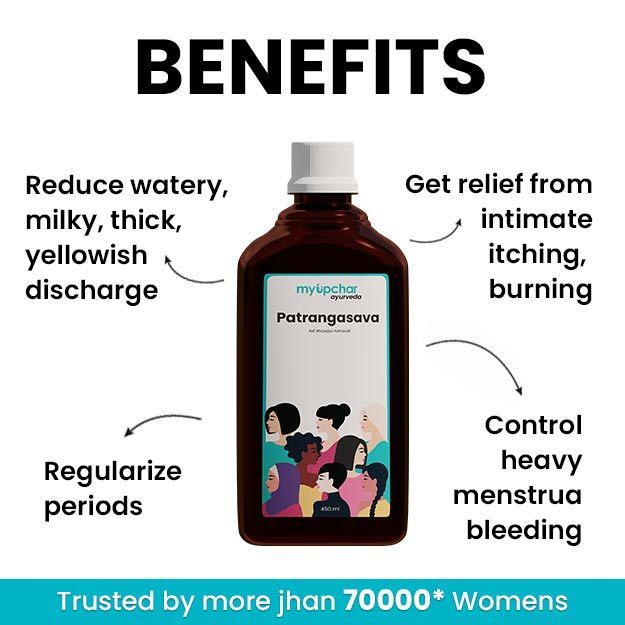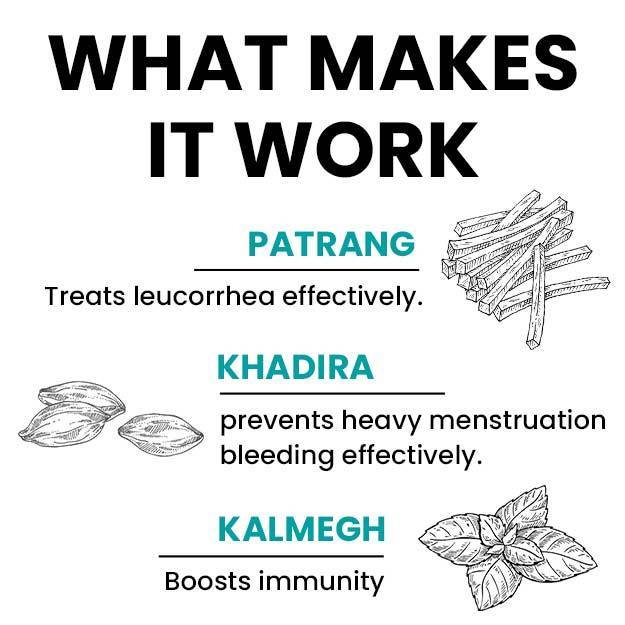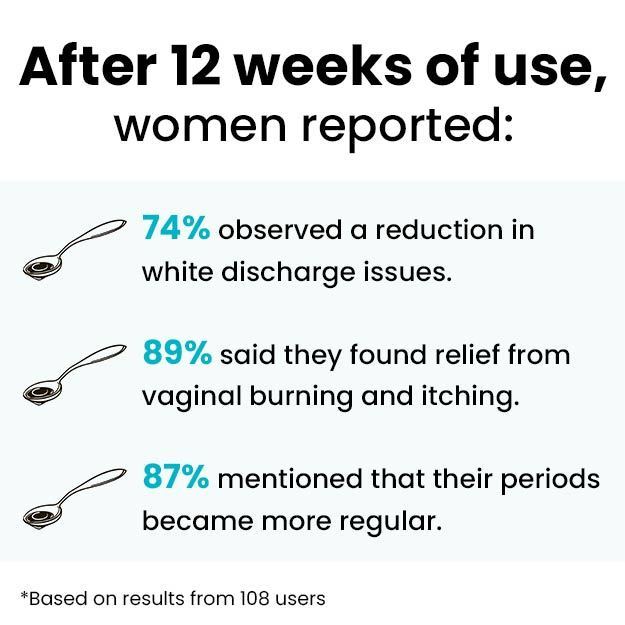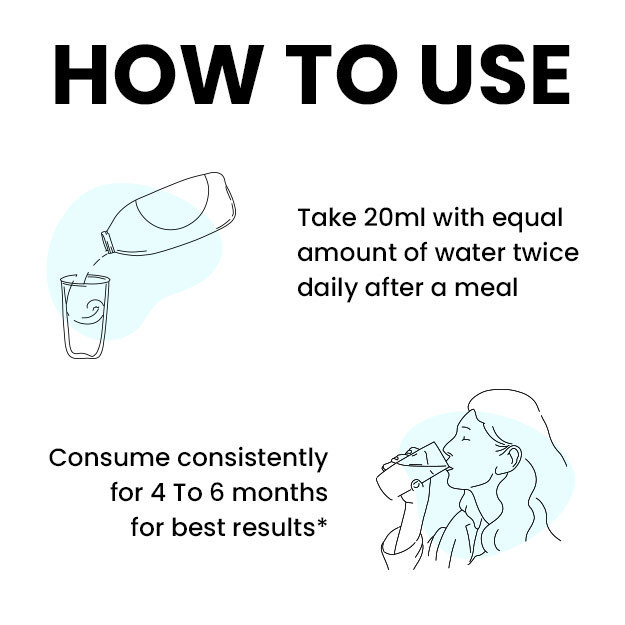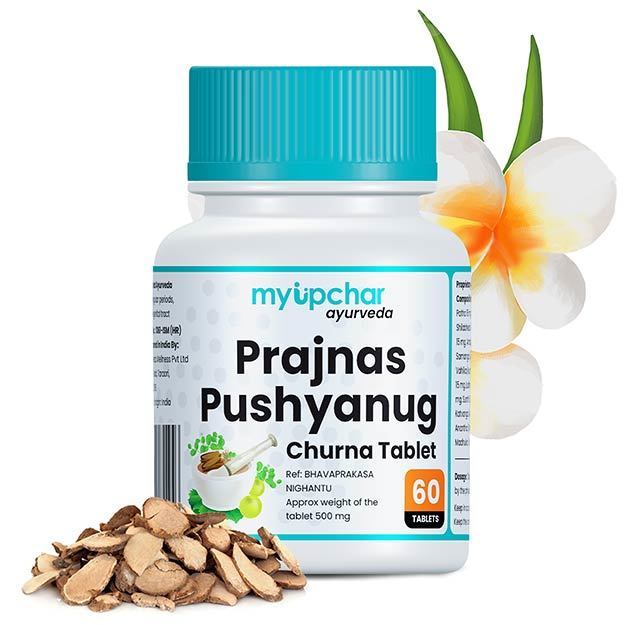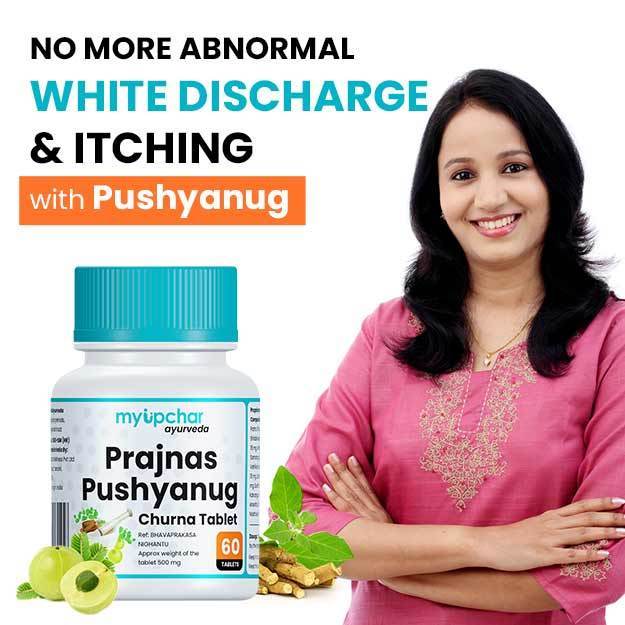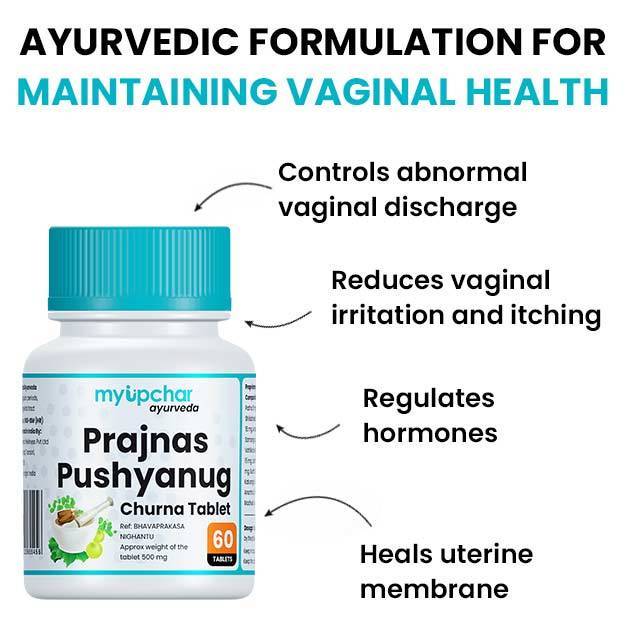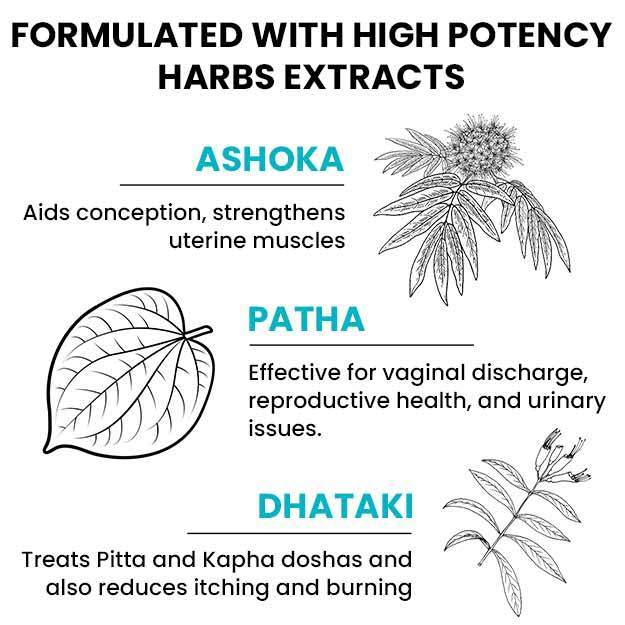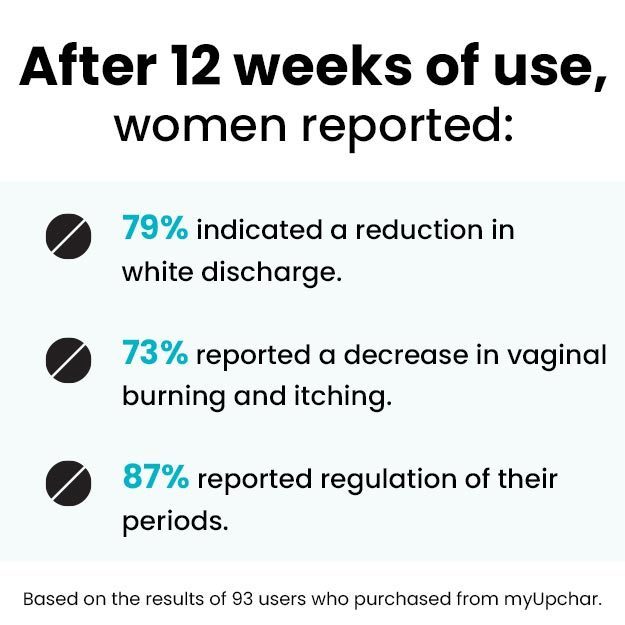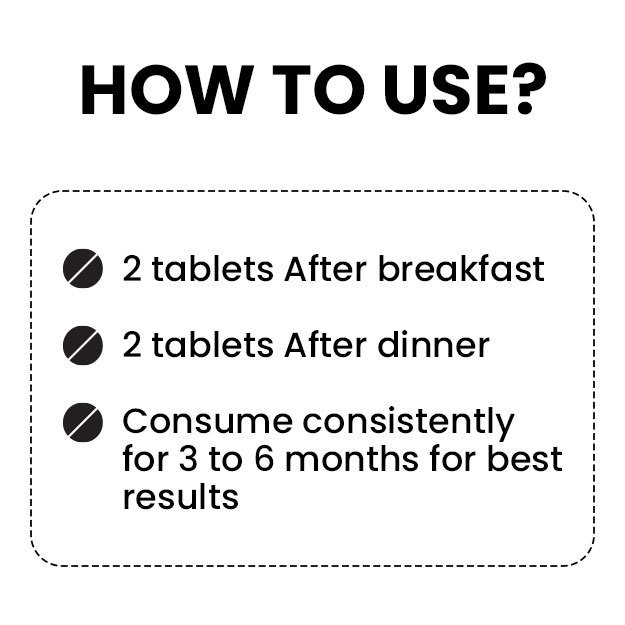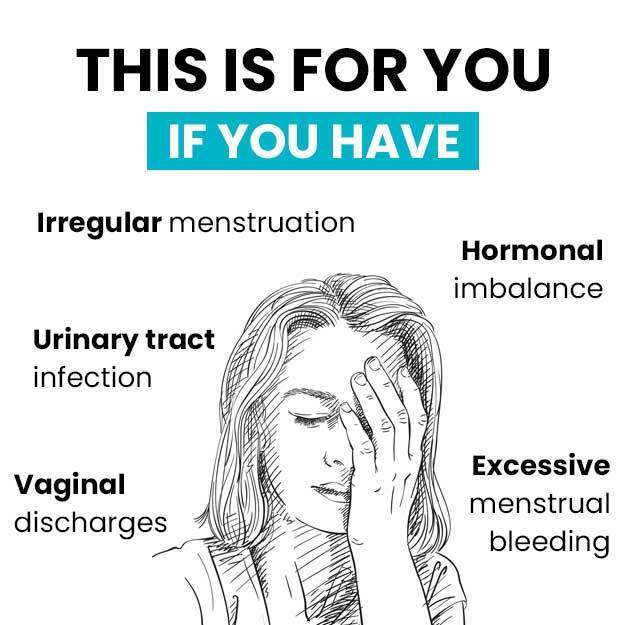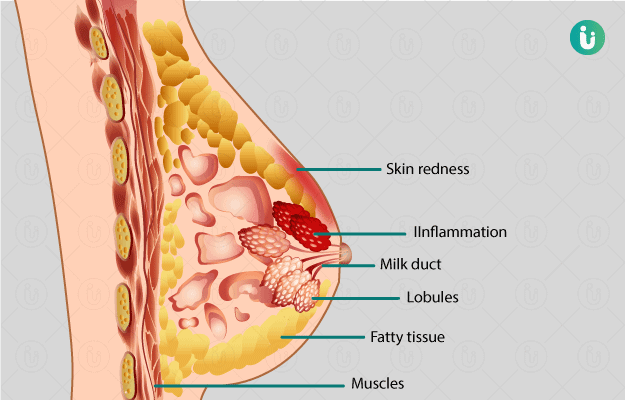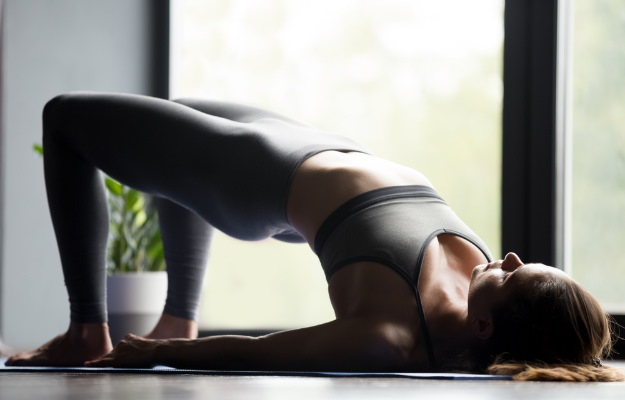Period pain is also known as menstrual pain or dysmenorrhea. It is experienced by almost every woman at least once during her life. However, not all women experience it at the same intensity and the same woman may also feel different menstrual cycles differently. For some, it is mild and less discomforting while for others, it gets quite painful and troublesome.
Period pain is felt in the lower pelvic region as menstrual cramps which may even spread to thighs, legs, lower back, and sometimes chest. The pain is usually most intense when a girl has her first period.
However, depending on your physical, mental and nutritional condition, you may experience period pain with different intensities in the later stages of your life as well. Mostly, period pain can be treated at home but if your pain is severe and unbearable, it is best to visit a gynaecologist to ensure that there is no underlying medical condition or disorder associated with the condition.















